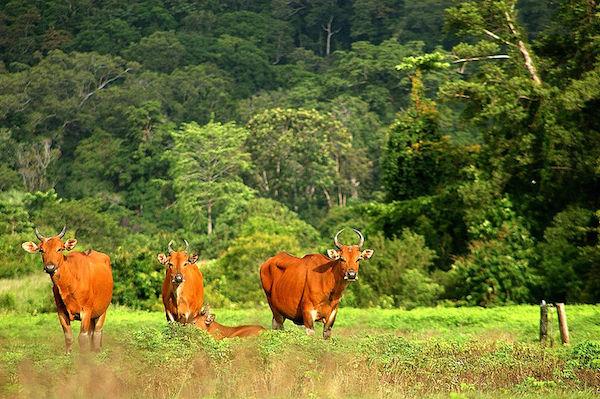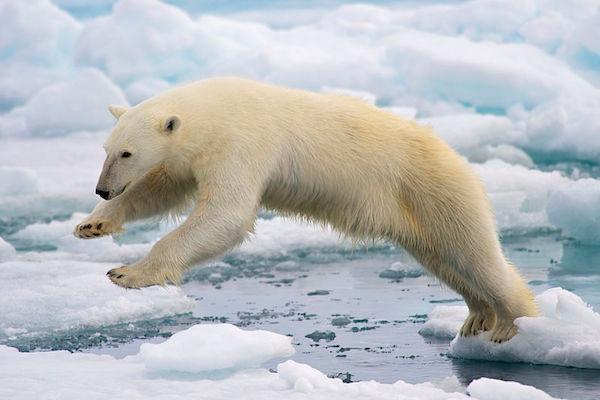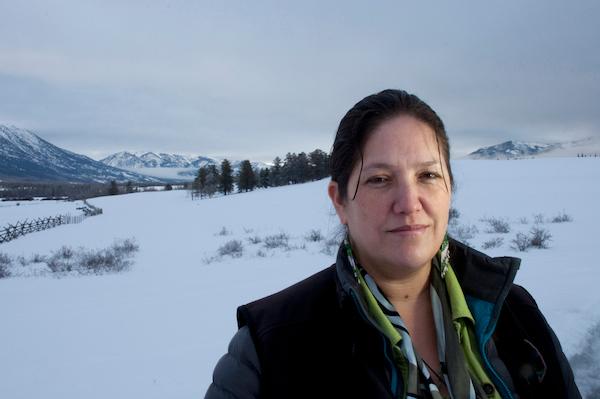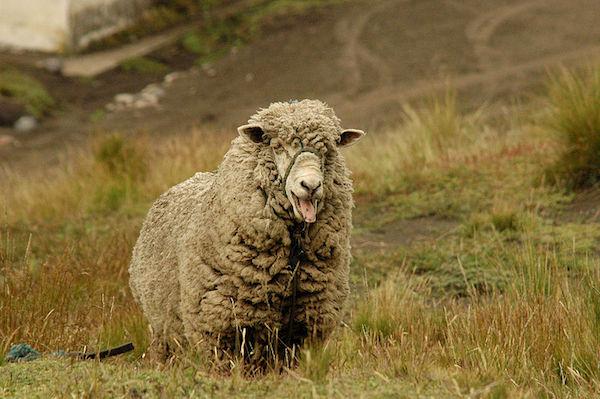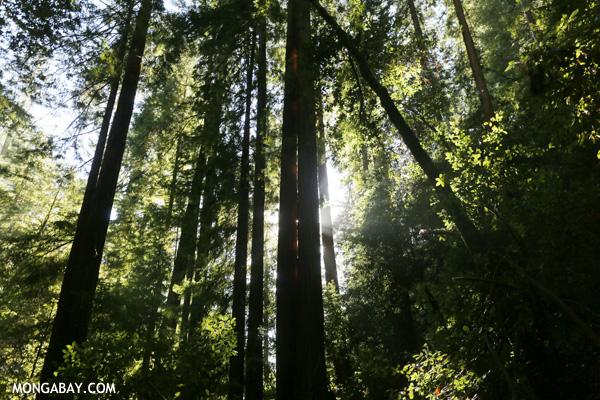Spanning 230 kilometers (143 miles) and comprising more than half a million hectares westward from the Cambodian border lies Dong-Phayayen-Khao Yai Forest Complex (DPKY-FC), the largest tract of surviving forest in central Thailand. Renowned for its biodiversity, DPKY-FC is home to more than 800 species of animals, including Siamese crocodiles (Crocodylus siamensis), which are listed as Critically Endangered by the IUCN, as well as Asian elephants (Elephas maximus), Indochinese tigers (Panthera tigris corbetti), and banteng (Bos javanicus), all of which are endangered. The complex is also a key watershed for the country, feeding major rivers.
“This is a hotspot for nature—the largest tract of surviving forest in central Thailand and a globally famous tourist destination,” said Professor Lian Pin Koh at the University of Adelaide in Australia. “The park sustains a wealth of wildlife including Asian elephants, Gaur, Dhole, Leopards, several species of hornbills and gibbons, and over 2,500 plant species.”
Because of its importance, DPKY-FC has been classified a UNESCO World Heritage Site. However, this is not stopping development of the area. Now, the Thai government is planning major expansions to a road that bisects the complex – which scientists say will bar animal movement throughout their natural ranges, result in higher rates of road kill, and give hunters and loggers increased access to the forest.
“From an environmental perspective it’s truly dangerous,” said William Laurance, a professor at James Cook University in Australia and director of ALERT, the Alliance of Leading Environmental Researchers and Thinkers.
Highway 304 runs up through the center of DPKY-FC. Currently, it is a two-lane highway, but because it sees so much traffic, the government plans to expand it to four lanes over three years. Part of the plan allegedly involves building a series of large bridges and tunnels to allow animals to cross safely. While such animal crossings have seen some success in other parts of the world, approval of an earlier plan to build a “wildlife corridor” in DPKY-FC last year was met with criticism by environmental groups.
“How do you know that the corridor will work for wildlife? Will they use it? Is there any study to support it?” said Srisuwan Janya, president of the Stop Global Warming Association (SGWA). He added that the highway expansion inside the forest complex is designed to boost economic growth without taking into account environmental impacts.
The plans to expand Highway 304 fly in the face of UNESCO requirements mandating the Thai government make existing roads more ecologically sound.
“Highway 304 predated the DPKY World Heritage area and divides Khao Yai National Park in the west from Thap Lan and adjacent Pang Sida National Parks in the east,” a scientist with a major international conservation organization operating in the area, who wishes to remain anonymous, told mongabay.com. “Highway 348 to the east is another major road and it divides parts of Taphraya National Park and Dong Yai Wildlife Sanctuary which are other DPKY reserves.
“So DPKY was created with the protected areas that make it up already fragmented. UNESCO recognized this as a major threat and insisted that the Thai government retrofit Highway 304 to mitigate its effects. They have failed to do this.”
Road expansion may bring with it a milieu of problems -- one of them increased logging. Already, Khao Yai National Park in the western portion of DPKY-FC, through which part of Highway 304 traverses, lost approximately 1,000 hectares of forest cover between 2001 and 2013, according to data from Global Forest Watch. In addition to direct clearing to make room for a larger road, expansion could mean increased traffic not just through the forest, but also into the forest itself.
This could bring an increase in illegal logging and poaching, which is already a problem throughout the forest complex.
“The highways form a barrier preventing effective dispersal of larger mammals, and is a source of roadkill,” said the anomynous scientist. “Also as they are major roads, large vehicles use them frequently and poached animals are trafficked out of all DPKY reserves along them to the illegal markets in Bangkok.”
According to scientists at ALERT, the Thai government fast-tracked the expansion plans, allowing little time for experts or the public to respond. Thomas Lovejoy, a renowned ecologist and environmental advisor said he and his colleagues “respectfully implore the Thai government to reconsider this decision,” adding that DPKY-FC could be granted the status of a World Heritage Site in Danger by the United Nations if “the government doesn’t show a stronger commitment to protecting this globally unique ecosystem.”
While there is no guarantee that even that course of action will bring about change, upping the international conservation status of DPKY-FC will help underscore its vulnerability and may put increased pressure on the Thai government to implement greater protection.
“For instance, it can be quite embarrassing for a government to be labeled as a poor steward of a World Heritage site, both domestically and internationally,” Laurance told mongabay.com.
News of the expansion of Highway 304 came the same week as a new map was released in the journal Nature, which shows the best and worst places for road development. Central Thailand, where DPKY-FC is located, is classified as the latter.
“The plan to expand Highway 304 should never have been proposed in the first place,” Laurance said. “Enlarging the highway could irreparably damage one of Thailand’s most vital ecosystems—and that would be a global tragedy.”
This article was originally written and published by Morgan Erickson-Davis, a contributing writer for news.mongabay.com. For the original article and more information, please click HERE.
